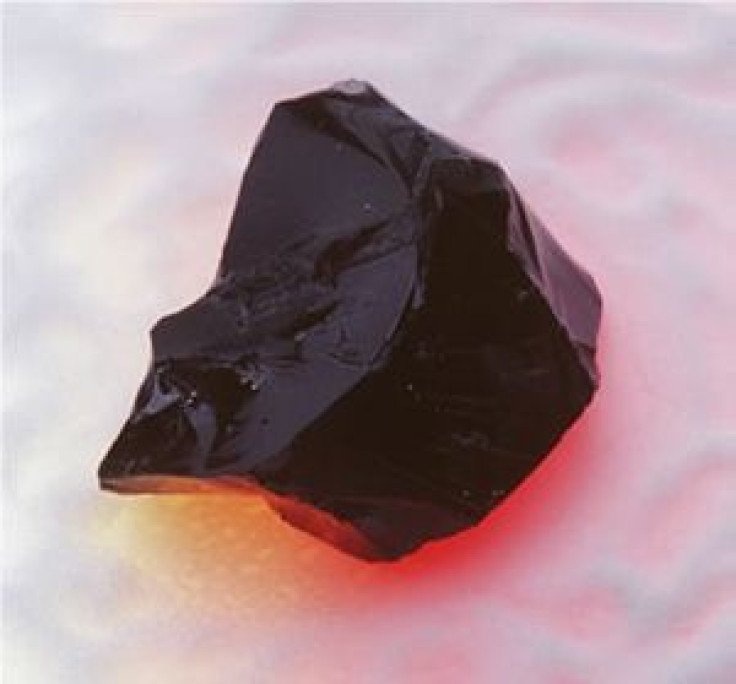Can Radioactive Materials Be Immobilized In Glass? Researcher Proposes Innovative Solution To The World’s Nuclear Waste Problem

In Andy Weir’s “The Martian,” there is a part where the protagonist Mark Watney, marooned on the red planet, has to dig up a radioisotope thermoelectric generator — an instrument that was used by previous manned missions to power their rovers, and was later buried to prevent their crew from being exposed to deadly radioactive emissions.
On Mars, where the chances of someone stumbling upon the hazardous source of radiation accidently are not very high — at least not in the early days of human presence — this technique may just work. But on Earth, a planet whose surface is teeming with over seven billion humans, burying long-lived radioactive waste is a stop-gap measure, at best — although it’s a practice that is still widely used.
Ashutosh Goel — a researcher from Rutgers University, New Jersey — has a better idea. Why don’t we ensure that this radioactive waste does not leak into the environment by turning it into glass?
“Glass is a perfect material for immobilizing the radioactive wastes with excellent chemical durability,” Goel, who is working on a new method to immobilize radioactive iodine-129 — which is formed as a result of fission of uranium in nuclear reactors and has a half-life of 15.7 million years — said in a statement released Thursday.
Of the greatest concern is the U.S. Department of Energy’s Hanford site in southeastern Washington — a site that was established as part of the Manhattan Project and where over 20 million pieces of uranium metal fuel for nine nuclear reactors near the Columbia River were manufactured.
“What we're talking about here is highly complex, multicomponent radioactive waste which contains almost everything in the periodic table. What we're focusing on is underground and has to be immobilized,” Goel said.
The technique developed by Goel, whose details have not been revealed, involves mass producing “apatite minerals” — or glasses — to immobilize iodine. At the Hanford site, creating glass with radioactive waste is expected to start in around 2022 or 2023, and may eventually be used to safely dispose of spent nuclear fuel in commercial nuclear power plants.
“If we know the chemical composition of the nuclear waste coming out from those plants, we can definitely work on it,” Goel said.
© Copyright IBTimes 2024. All rights reserved.












